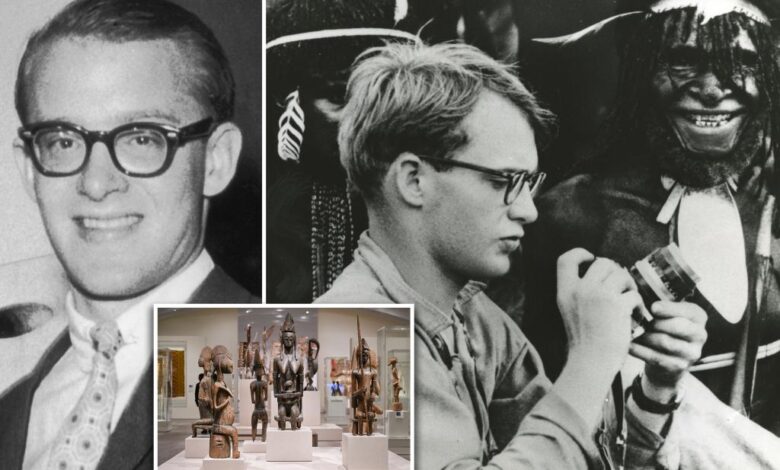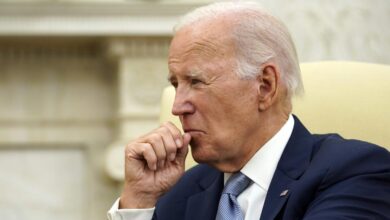The Met’s new wing honors Michael Rockefeller — who may have been killd by cannibals

The Rockefeller family has always been known for their wealth, power, and influence. However, they have also become infamous for their dramatic exits from this world. From oil barons to philanthropists, the Rockefellers have left a lasting legacy that includes tragic tales of adventure and mystery.
One such story revolves around Michael Rockefeller, the son of politician Nelson Rockefeller. In 1961, Michael embarked on an expedition to New Guinea as part of the Harvard-Peabody Expedition. His mission was to study the Ndani people of the Baliem Valley and collect tribal art for his father’s Museum of Primitive Art. However, his journey took a dark turn when his boat overturned off the coast of Asmat, a region known for its cannibalistic headhunting practices.
Michael Rockefeller was never seen again, and the official explanation was that he drowned. However, rumors quickly spread that he had been captured and eaten by the Asmat tribesmen. Over the years, various theories and speculations have emerged regarding his fate, with some claiming to have found his skull or encountered villagers who confessed to his killing.
The reopening of the Michael C. Rockefeller Wing at the Metropolitan Museum of Art has reignited interest in his story. The wing now houses over 1,700 artifacts, including pieces collected by Michael during his travels. Despite the ongoing debate over whether his death was due to drowning or cannibalism, the Rockefeller family has embraced the mystery surrounding his disappearance.
Journalist Carl Hoffman’s book, “Savage Harvest,” provides a compelling argument that Michael was likely killed and eaten by Asmat tribesmen. The idea that a scion of American power could meet such a gruesome end at the hands of those with no power or influence adds a chilling twist to the tale.
The story of Michael Rockefeller continues to captivate the public imagination, with numerous books, documentaries, and even a TV special dedicated to unraveling the mystery. Whether he met his end through tragic circumstances or a more sinister fate remains unknown, but his legacy lives on as a cautionary tale of the perils of adventure and exploration in unknown lands.





